In the vast and diverse realm of entomology, insects have evolved remarkable adaptations that allow them to thrive in virtually every habitat on Earth. While most insects have relatively brief lifespans—often measured in days or weeks—some species defy expectations with their extraordinary longevity. Among these long-lived creatures, certain champions stand out for their ability to persist through seasons and years, challenging our understanding of insect biology. This exploration into the world’s longest-living insects reveals surprising facts about these resilient creatures, their survival strategies, and what their exceptional lifespans can teach us about adaptation and evolution.
The Termite Queen: Reigning Champion of Longevity

When discussing the longest-living insects on our planet, the termite queen undisputedly claims the crown with a staggering lifespan that can reach up to 50 years in certain species. These remarkable matriarchs of the Isoptera order grow to sizes dramatically larger than their workers—sometimes expanding to 6 inches in length as their abdomens swell to accommodate their extraordinary egg-laying capabilities. Throughout their decades-long reign, a single termite queen can produce millions of offspring, maintaining colony continuity through changing environmental conditions and threats. Their exceptional longevity stands in stark contrast to the workers and soldiers in their colonies, which typically live only 1-2 years, highlighting the dramatic specialization that has evolved within their complex social structure.
The Queen Ant’s Impressive Lifespan
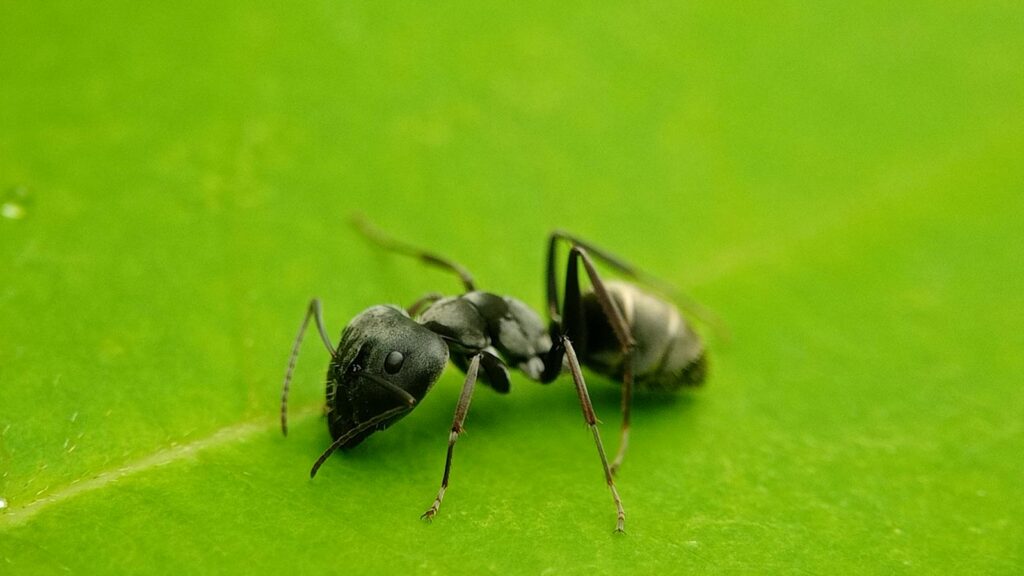
Following closely behind termite queens are their cousins in the Hymenoptera order, ant queens, which can survive for an impressive 15-30 years depending on the species. The queen of Lasius niger (the black garden ant) has been documented living up to 28 years in laboratory conditions, making these tiny rulers some of the longest-lived individual insects on Earth. Unlike their worker counterparts, which might live only a few months to a year, queen ants have evolved specialized physiological mechanisms that slow cellular aging and repair damage at the molecular level. Their remarkable longevity enables them to establish vast colonies that can persist through decades of environmental changes, with a single queen continuously producing new generations of workers throughout her extended lifetime. This reproductive strategy ensures colony stability and allows ants to become dominant ecological forces in many terrestrial ecosystems.
Cicadas: Masters of the Long Game
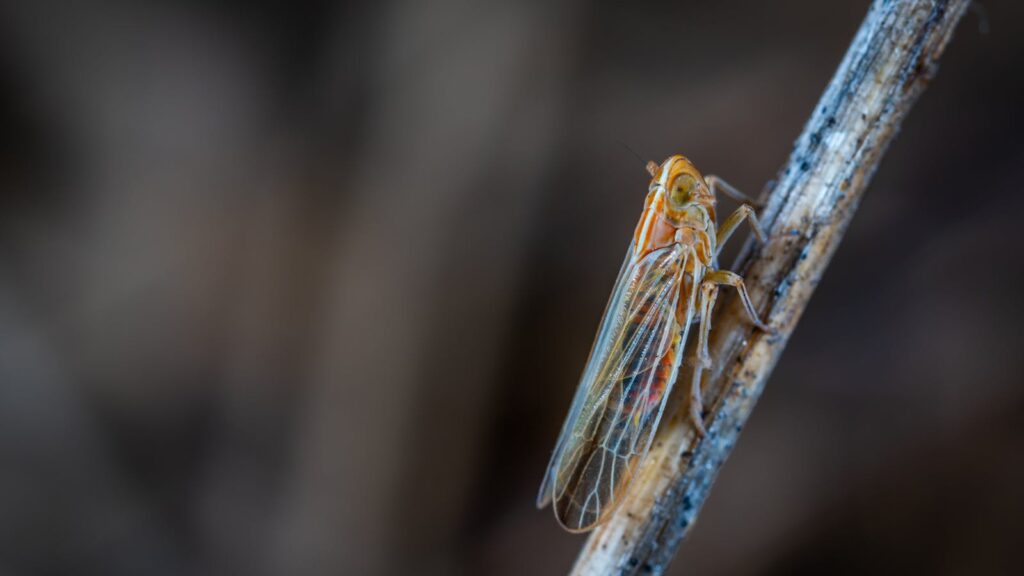
Periodical cicadas have evolved one of the most unusual life strategies in the insect world, with the longest juvenile development period known among insects. Species belonging to the genus Magicicada spend an astonishing 13 or 17 years developing underground as nymphs before emerging en masse for their brief adult lives. During this extended underground phase, cicada nymphs feed on tree root sap, slowly developing through multiple instars while remaining completely hidden from the world above. Scientists believe these prime-number lifecycles evolved as a strategy to avoid synchronizing with predator population cycles, giving periodical cicadas an evolutionary advantage. While their adult stage lasts only 4-6 weeks, their total lifespan makes them contenders for the longest-lived insect species, with a complete life cycle that spans nearly two decades.
The Queen Honeybee’s Royal Longevity
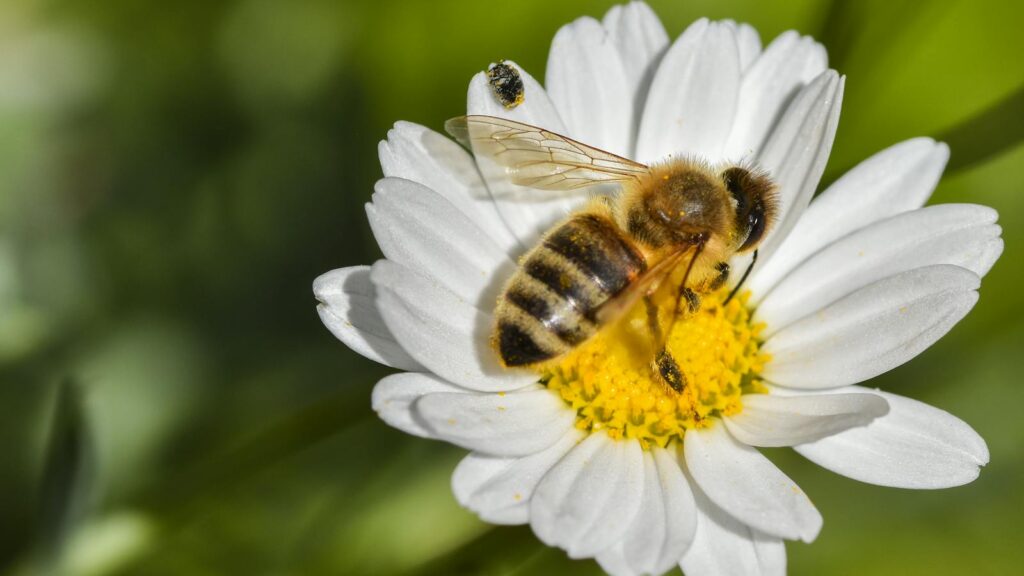
Queen honeybees (Apis mellifera) demonstrate another example of exceptional insect longevity, with lifespans typically ranging from 2-5 years—dramatically outliving their worker daughters who survive only 6 weeks during active seasons. This remarkable difference in lifespan occurs despite queens and workers sharing essentially identical genetics, with their divergent development triggered by differential feeding during the larval stage. Queens receive a specialized diet of royal jelly throughout development, activating genetic pathways that promote longevity and reproductive capacity. Research has shown that queens maintain higher levels of vitellogenin, a protein associated with antioxidant functions that helps protect against cellular damage and aging. Their extended lifespan allows queens to maintain colony continuity through multiple seasons, producing up to 2,000 eggs daily during peak periods.
The Resilient Woodroach
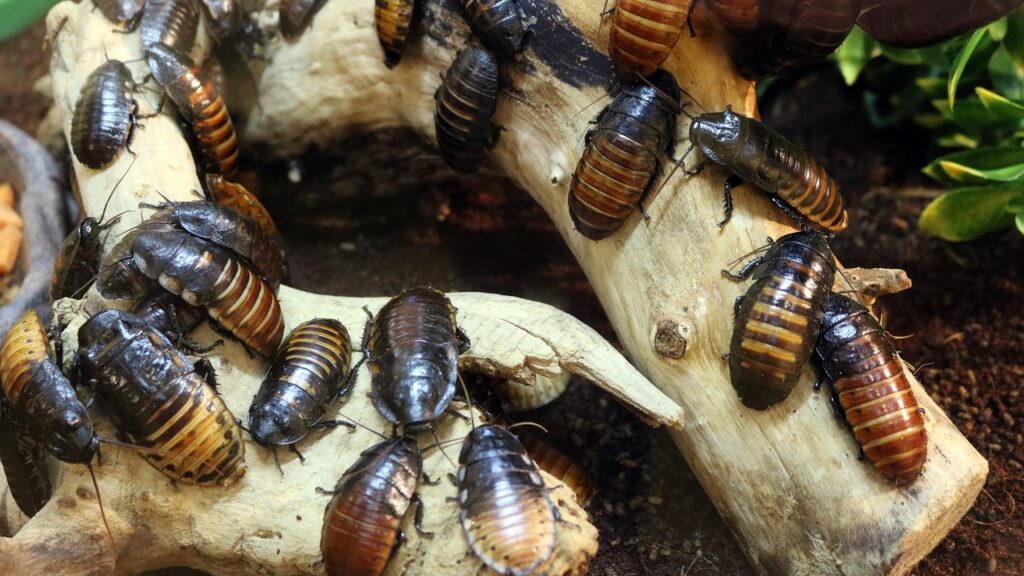
Cryptocercus punctulatus, commonly known as the woodroach, deserves special mention for its exceptional longevity among cockroach species, with individuals capable of living 10-15 years in their natural habitat. Unlike their pest cousins that infest human dwellings, these fascinating insects inhabit decaying logs in forests of eastern North America, forming complex family groups that include both parents and multiple generations of offspring. Woodroaches display remarkable parental care, with adults tending their young and transmitting essential gut symbionts that allow the next generation to digest cellulose from wood. Their unusual social structure and extended care period have fostered the evolution of longer lifespans than seen in most other cockroach species. Scientists study woodroaches not only for their longevity but also because they represent an evolutionary link between solitary cockroaches and eusocial termites.
The Long-lived Splendor Beetle
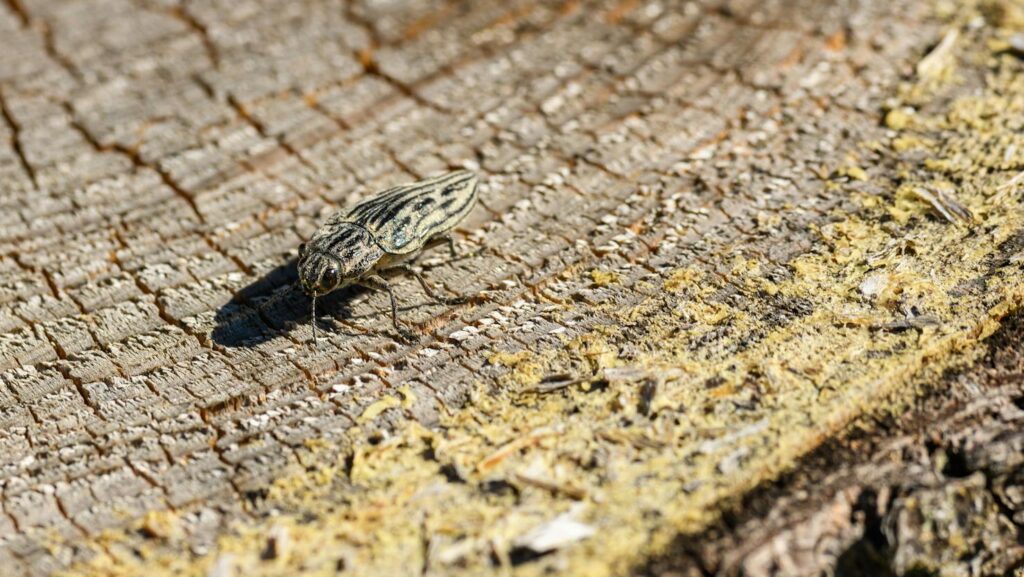
The splendor beetle (Buprestis aurulenta) holds an unexpected record in the insect world, with documented cases of adults emerging from wooden structures after an astonishing 51 years of larval development. Native to North American forests, these metallic wood-boring beetles become unwitting time travelers when their habitat—trees—is harvested and converted into lumber used in building construction. Under these artificial conditions, the larvae develop at an extraordinarily slow pace due to the dry wood providing minimal nutrition compared to their natural habitat. One famous case documented a splendor beetle emerging from a Canadian wooden chair more than five decades after the furniture was constructed. While this extremely prolonged development isn’t typical of their natural lifecycle, it demonstrates the remarkable ability of some insects to enter states of dormancy and dramatically slow their metabolism when environmental conditions dictate.
The Cryogenically Preserved Beetle

The Alaskan beetle Cucujus clavipes puniceus has evolved perhaps the most extraordinary survival strategy among insects, with an ability to survive being frozen solid for up to three years at temperatures as low as -150°F (-100°C). These remarkable beetles produce specialized antifreeze proteins and glycerol compounds that prevent fatal ice crystal formation in their cells, allowing them to endure the extreme Arctic winters through supercooling their bodily fluids. During their frozen state, their metabolism essentially halts completely—a form of cryopreservation that effectively pauses their aging process. While their active lifespan might not match that of social insect queens, this ability to suspend animation during harsh conditions effectively extends their functional lifespan far beyond what would otherwise be possible in their challenging habitat. This extraordinary adaptation makes them valuable subjects for research in cryobiology and potential applications in long-term tissue preservation.
Mayfly: The Contrast of Brevity
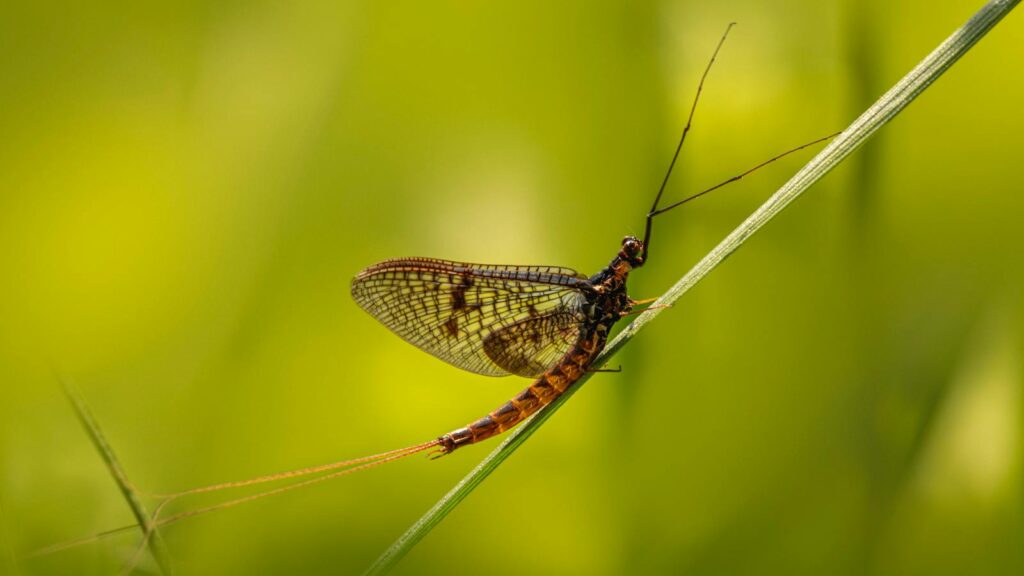
To truly appreciate insect longevity, we must consider the opposite extreme represented by the mayfly, whose adult lifespan measures just 24 hours or less in many species. This ephemeral existence creates a striking contrast to the long-lived insects previously discussed, highlighting the diverse life history strategies that have evolved across the Insecta class. Mayflies spend months to years developing as aquatic nymphs, then emerge simultaneously for a brief adult phase focused exclusively on reproduction, with adults not even possessing functional digestive systems. Their Latin order name Ephemeroptera, derived from the Greek word “ephemeros” meaning “lasting only a day,” perfectly captures their fleeting existence. This dramatic difference in lifespan demonstrates how natural selection has shaped insect lifecycles to optimize reproductive success under different ecological conditions, with some species investing in longevity while others prioritize synchronized mass reproduction.
The Biological Secrets of Insect Longevity
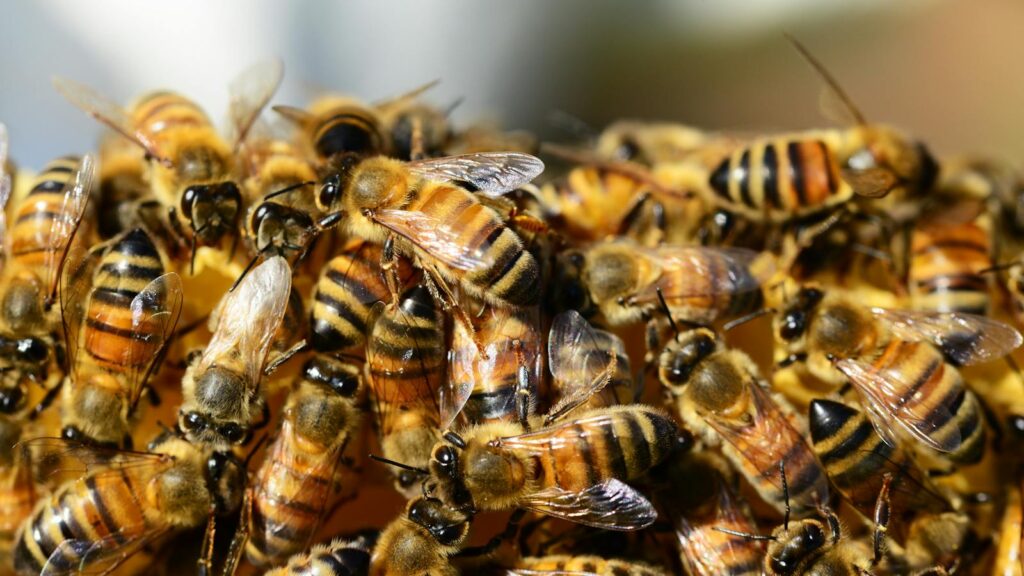
The exceptional lifespans of certain insects have prompted intensive scientific research into the biological mechanisms that enable such longevity. Studies have revealed that long-lived insects often possess enhanced DNA repair mechanisms that mitigate damage caused by cellular metabolism over time. Social insect queens typically express higher levels of antioxidant enzymes like superoxide dismutase and catalase, which neutralize harmful reactive oxygen species that contribute to aging. Additionally, research has identified specialized cellular pathways—including modifications to insulin/insulin-like growth factor signaling—that appear to regulate aging processes differently in long-lived castes. Epigenetic modifications also play a crucial role, with specific patterns of DNA methylation observed in queens compared to shorter-lived workers despite their identical genetic code. These discoveries not only illuminate the biology of insect aging but may also provide insights relevant to understanding longevity in other organisms, including humans.
Environmental Factors Affecting Insect Lifespan
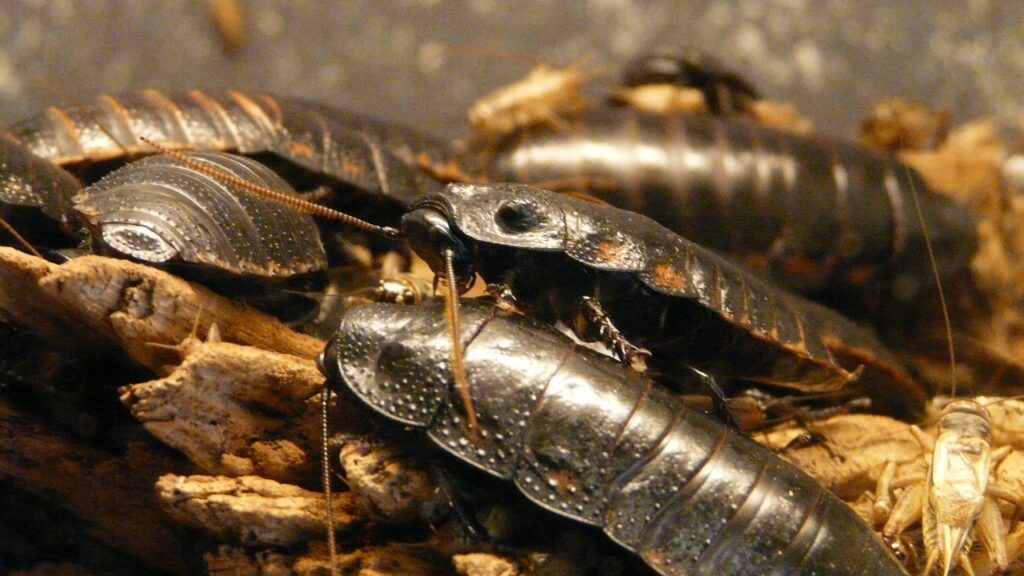
Beyond genetics and biology, environmental conditions significantly influence how long insects survive, creating variations even within the same species. Temperature stands as perhaps the most critical factor, with cooler environments generally extending insect lifespan by slowing metabolic processes that contribute to cellular aging and damage. Humidity levels affect water retention and desiccation rates, particularly important for insects with high surface area-to-volume ratios. Food availability and nutritional quality during development can permanently alter adult lifespan, with dietary restriction paradoxically extending lifespan in many species through hormetic stress responses. Predation pressure shapes life history strategies evolutionarily, with high-risk environments favoring shorter generation times and earlier reproduction, while sheltered habitats permit the evolution of slower development and extended lifespans. These environmental influences explain why laboratory specimens often survive longer than their wild counterparts, existing in controlled conditions free from many natural stressors.
The Evolutionary Advantage of Longevity
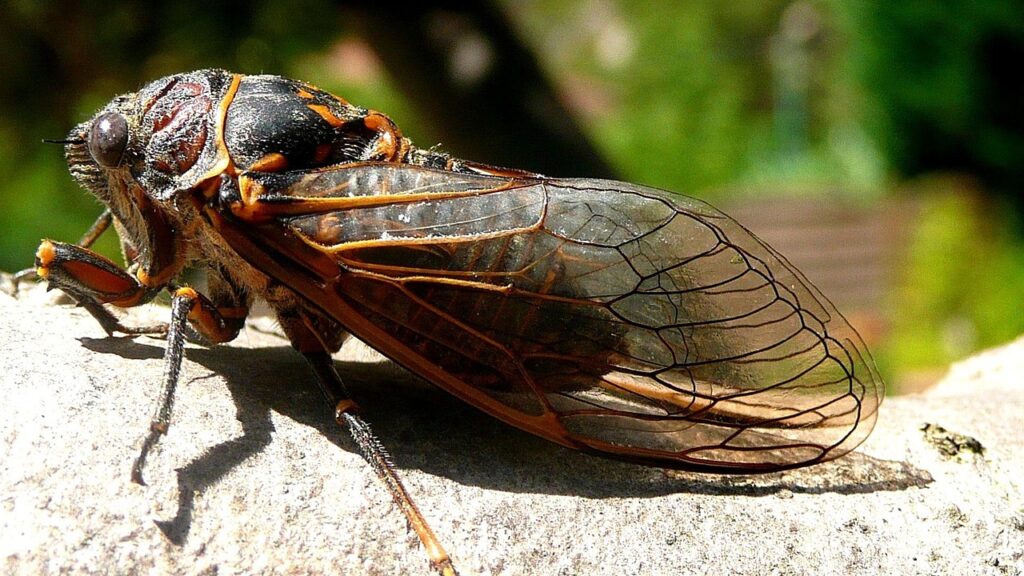
The evolution of exceptional longevity in certain insect species represents a fascinating example of how natural selection shapes life history traits to maximize reproductive success under specific ecological conditions. For social insects like termites and ants, queen longevity creates colony stability, allowing the genetic investment in complex social structures to pay dividends over many years rather than requiring frequent re-establishment. In periodical cicadas, extended development periods coupled with synchronized emergence create predator satiation effects that increase survival odds for the population as a whole. Species inhabiting stable but resource-limited environments often evolve longer lifespans paired with reduced reproductive rates, optimizing fitness when rapid reproduction offers limited advantages. Importantly, these extended lifespans rarely evolve in isolation but as part of integrated adaptation packages that include changes to development time, metabolic rate, reproductive scheduling, and investment in somatic maintenance. Each long-lived insect species demonstrates how evolution has shaped longevity in response to specific ecological niches and challenges.
Challenges in Studying Insect Longevity
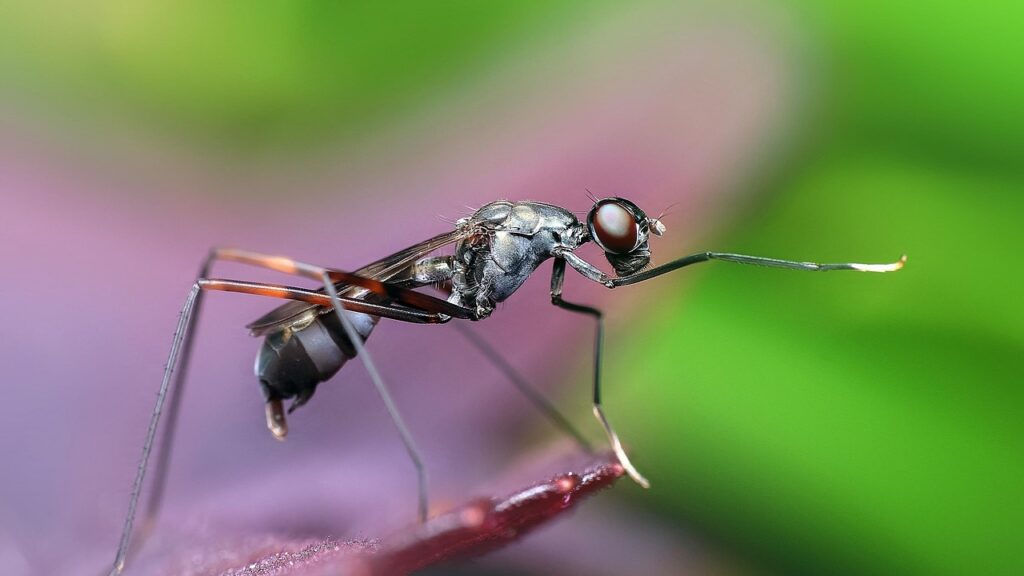
Researchers face significant methodological challenges when attempting to document and understand extreme insect longevity in natural settings. The small size and often cryptic nature of many insect species make long-term tracking of individuals nearly impossible without disrupting their natural behavior or habitat. Laboratory studies provide controlled conditions for precise measurement but may not reflect true lifespans or development times experienced in complex natural environments. For species with exceptional longevity measured in decades, longitudinal studies often exceed the career span of individual researchers, necessitating institutional commitments to long-term observation. Additionally, the vast diversity of insects—with over a million described species—means that lifespan data exists for only a tiny fraction of extant species, leaving potential record-holders undiscovered. These challenges explain why new discoveries about insect longevity continue to emerge, sometimes overturning long-established assumptions about the biological limits of these remarkable creatures.
Longevity Lessons from the Insect World
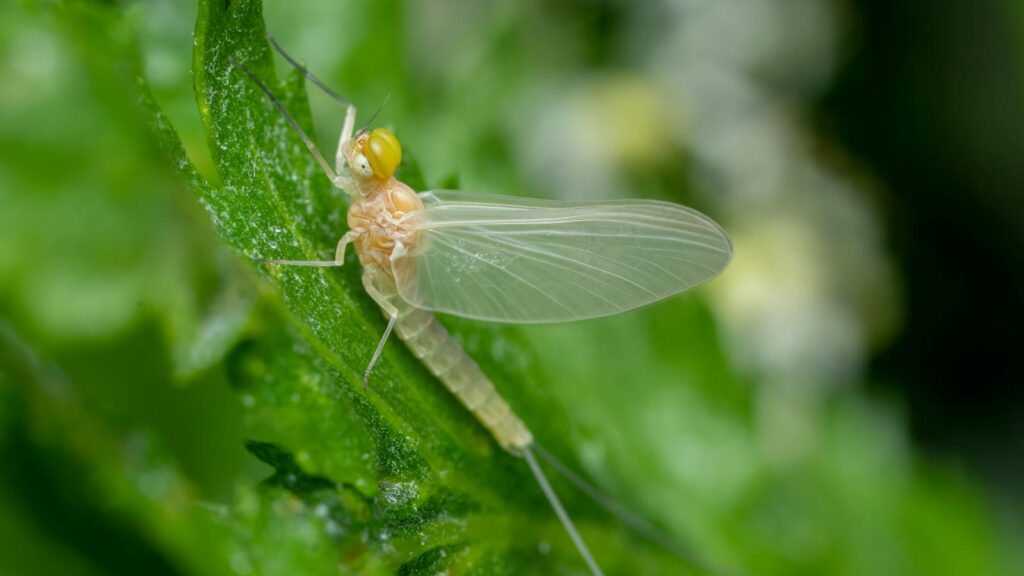
The exceptional lifespans achieved by certain insects offer valuable insights that extend beyond entomology into broader biological understanding and potential applications. The mechanisms allowing termite queens to maintain fertility and tissue integrity over decades have prompted research into cellular senescence pathways that might inform human aging studies. Insects that can suspend development or enter diapause demonstrate biological possibilities for metabolic control that inspire medical approaches to tissue preservation and emergency care protocols. From an evolutionary perspective, the dramatic lifespan differences between genetically identical individuals in social insect colonies provide powerful models for studying how environmental factors and gene expression patterns influence aging processes. The extreme adaptability of insect life histories—ranging from mayflies measuring adult life in hours to queens living for decades—showcases the remarkable plasticity of biological systems in response to evolutionary pressures. These tiny creatures, often overlooked, continue to expand our understanding of life’s fundamental processes and possibilities.

